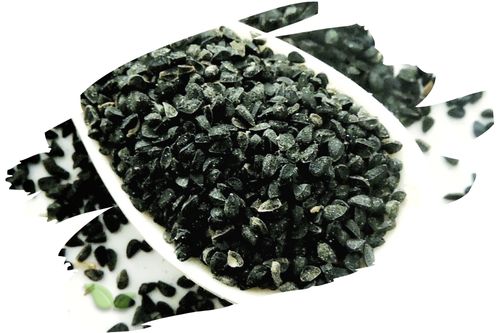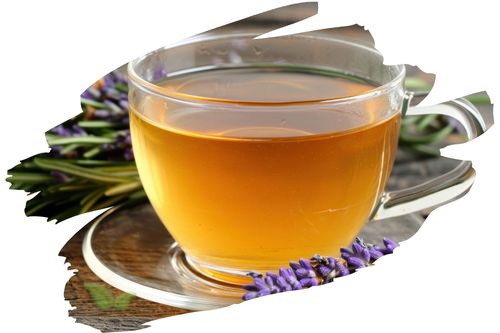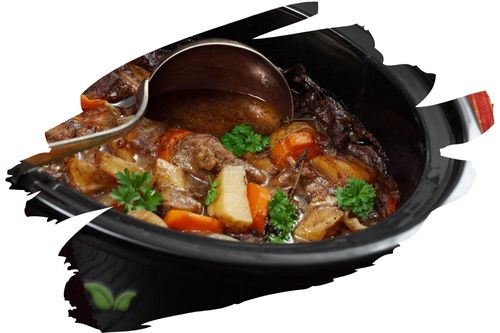
Introduction
Lavender essential oil is a popular choice in the world of aromatherapy and natural remedies. Its soothing scent and numerous benefits make it a must-have for many. But did you know that you can make your own lavender essential oil right at home? In this guide, we'll walk you through the process, step by step, so you can enjoy the therapeutic properties of lavender oil without any hassle. Let's get started on this aromatic journey.
1. Gathering Your Materials
To create your lavender essential oil, you'll need a few essential materials and ingredients:
- Fresh lavender flowers
- Carrier oil (such as jojoba or almond oil)
- Distilled water
- A glass jar with a lid
- Cheesecloth or a coffee filter
- A dark glass bottle for storage
2. Choosing the Right Lavender
Not all lavender varieties are created equal when it comes to essential oil production. Lavandula angustifolia, also known as English lavender, is the preferred choice for its high oil content and excellent aroma.
3. Harvesting Lavender
Harvest your lavender flowers when they are in full bloom, usually in the morning. This is when the essential oil concentration is at its peak.
4. Drying the Lavender
After harvesting, hang the lavender bundles upside down in a dry, well-ventilated area for a few weeks. This will allow the moisture to evaporate and the oils to concentrate.
5. Removing the Flowers
Once the lavender is dry, gently strip the flowers from the stems. Discard any damaged or discolored flowers.
6. Preparing the Carrier Oil
In a glass jar, combine the dried lavender flowers with your chosen carrier oil. Use enough oil to fully cover the flowers. Seal the jar tightly.
7. Infusing the Oil
Place the sealed jar in a warm, sunny spot for about two weeks. Shake it gently every day to help the oils infuse into the carrier oil.
8. Straining the Oil
After two weeks, strain the lavender-infused oil through cheesecloth or a coffee filter to remove the flower remnants. Squeeze the cloth to extract every drop of precious oil.
9. Storing Your Lavender Essential Oil
Transfer the strained oil into a dark glass bottle with a lid to protect it from light. Store it in a cool, dark place to prolong its shelf life.
10. Enjoying Your Homemade Lavender Essential Oil
Your homemade lavender essential oil is now ready to use! Add a few drops to your diffuser, bathwater, or massage oil for a relaxing and calming experience.
Frequently Asked Questions (FAQs)
Q: Can I use any type of lavender for this process? A: While you can use various lavender types, Lavandula angustifolia is the best choice for high-quality essential oil.
Q: How long does homemade lavender essential oil last? A: When stored correctly, it can last up to two years or even longer.
Q: Can I use olive oil as a carrier oil? A: Yes, you can use olive oil, but jojoba or almond oil is preferred for a lighter aroma.
Q: Is homemade lavender oil safe for children? A: Lavender oil is generally safe, but it's best to dilute it further when using it on children.
Q: Can I use dried lavender from a store? A: While fresh lavender is ideal, you can use store-bought dried lavender if needed.
Q: What are the benefits of lavender essential oil? A: Lavender oil has various benefits, including relaxation, stress relief, and promoting sleep.
Conclusion
Making your own lavender essential oil at home is a rewarding and cost-effective way to enjoy the benefits of this wonderful oil. By following these simple steps, you can create a high-quality lavender essential oil that will elevate your aromatherapy and natural wellness experiences. Start your journey into the world of essential oils today and savor the soothing scent of lavender.
Alert: While spices can have many beneficial properties for health, using them for medical purposes should be done under the guidance and supervision of a healthcare professional or specialist. Some spices may interact with medications or cause adverse reactions in certain individuals, and it is important to use them safely and appropriately. If you are considering using spices for a medical condition, it is important to consult with a healthcare professional before doing so.




















































